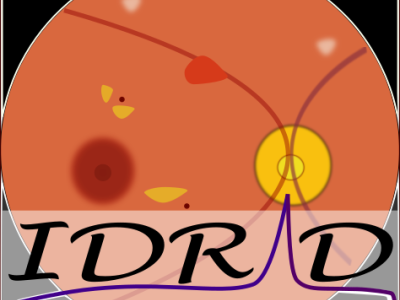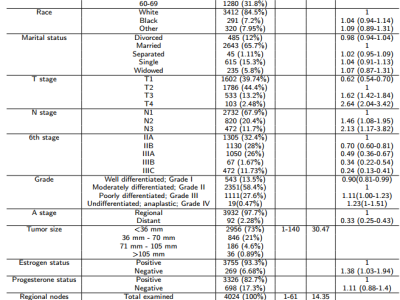Impedances of Cochlear Implant Electrodes

- Citation Author(s):
-
*Tobias Oberhoffner*
- Submitted by:
- Tobias Oberhoffner
- Last updated:
- DOI:
- 10.21227/0t7w-yn95
- Data Format:
 129 views
129 views
- Categories:
- Keywords:
Abstract
Objective: The current study investigates
whether, during a Cochlear Implant (CI) surgery, conditioning
(i.e. applying short bursts of electrical stimulation)
within a saline solution can have positive effects on subsequent
intra-operative measurements. We hypothesize that,
based on previous research, the impedance values will be
reduced, and that the reproducibility of Electrically Evoked
Compound Action Potentials (ECAPs) is improved as a
result of conditioning.
Methods: We conditioned half of the electrode contacts,
within a saline solution, before CI insertion, using 23 MEDEL
implants. Impedance was measured for both the conditioned
and non-conditioned groups at five time points.
Repeated ECAP recordings were measured and compared
between the conditioned and non-conditioned groups.
Results: Impedance of the electrode contacts were reduced
by 31% after conditioning in saline solution; however,
there were no clinically relevant differences after
the implantation of the electrode array. The hypothesis
that measurement reproducibility would be increased after
conditioning could not be confirmed with our data.
Within the saline solution, we observed that 44% of the
electrode contacts were covered with air bubbles, which
most disappeared after implantation. However, these air
bubbles limited the effectiveness of the conditioning within
the saline solution. Lastly, the effect of conditioning on the
reference electrode stimulation was approximately 16% of
the total reduction in impedance.
Conclusion: Our data does not suggest that intraoperative
conditioning is clinically required for cochlear implantation
with MED-EL implants. Additionally, an in-vivo ECAP
recording can be considered as a method of conditioning
the electrode contacts.
Significance: We confirm that the common clinical practice
does not need to be changed.
Instructions:
index: number of measurement
Implant: Implant ID. Every ID indicates one unique Implant.
Step: There are five different time steps. In each step, the measurements were carried out in the same way. Thus, the measurements on different implants can be compared with each other.
Channel: The Channel variable indicates the electrode number of the intracochlear electrode array. Number 1 stands for the most apical channel an number 12 for the most basal channel.
Conditioned: This variable indicates wether the electrode was conditioned in saline solution (pre insertion) or not.
Impedance: This is the elctrode impedance/resistance in Ω.






